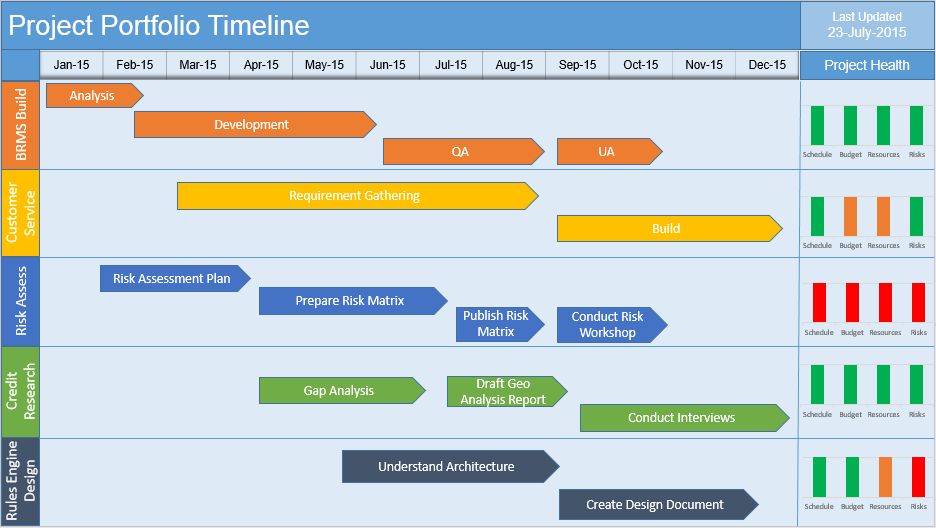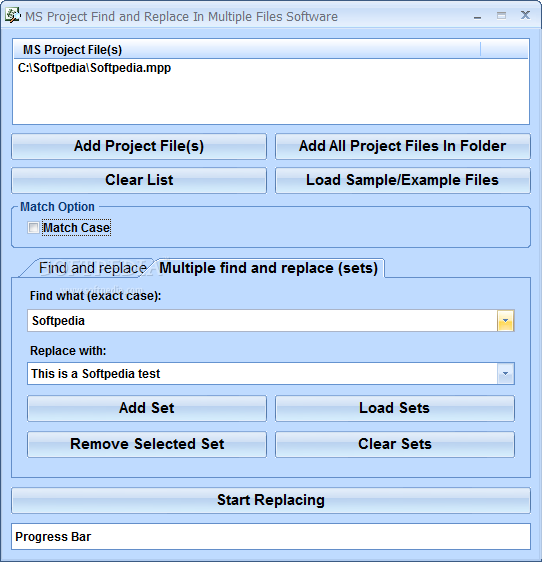
Microsoft Project supports different view such as ‘Gantt Chart’, ‘Task Usage’, ‘Resource Usage’, etc. View raw Examples-CSharp-ConvertingProjectData-SaveProjectAsPDF.cs hosted with ❤ by GitHub Specifying a View to save to PDF The following lines of code demonstrate how to achieve this using C#. NET x.x.x will be displayed against these fields. Please note that you cannot set values against the Application and Producer fields, because of Aspose Ltd.Your can use either SaveFileFormat.PDF to save project with default settings or PdfSaveOptions to customize export options. Save the project to PDF using one of Project.Save method overloads.Optionally make changes to the loaded project.Save method allows you to render project data to PDF using the Project class exposes the Save method which is used to save a project in various formats. This article gives a detailed overview of the variety of options available in Aspose.Tasks for exporting projects to PDF. In this case you don’t need to have Microsoft Project installed on your machine. NET also provides the capability to render project’s view in PDF format programmatically. Here is an example of output file:Īspose.Tasks for. The currently selected View will be rendered to PDF file. In Document Export Options dialog select Publish Range, and click “OK”.

In “Save As” dialog select ‘PDF Files(*.pdf) format in “Save as type” drop down.Suppose you have your project opened in Microsoft Project. These are steps to export project data to Excel formats: Microsoft Project allows the user to export project’s data to PDF format. PDF or Portable Document Format is a file format developed by Adobe in 1992 to present documents, including text formatting and images. Printing or Hiding Legends when Rendering.You really should treat the sln file as a group of projects to make working in Visual Studio easier and not as a build input. This will allow you to invoke any proj file from MSBuild directly and the projects will all build independently without any additional work.


If you are enforcing a build order using the sln file, I recommend working those dependencies directly into the proj files and removing them from the sln. There is one major issue I know you could run into using the project directly instead of the solution: if you use the solution to express dependencies between the projects, instead of adding the references to the project and letting the build system work out the dependencies automatically. "msbuild testproject /p:Configuration=Release /p:Platform=x86" You should be able to just build the project of interest directly through MSBuild by executing the following command. The solution is only used to parse it into a temporary project file in MSBuild internally. MSBuild actually works through the use of projects not the solution.


 0 kommentar(er)
0 kommentar(er)
